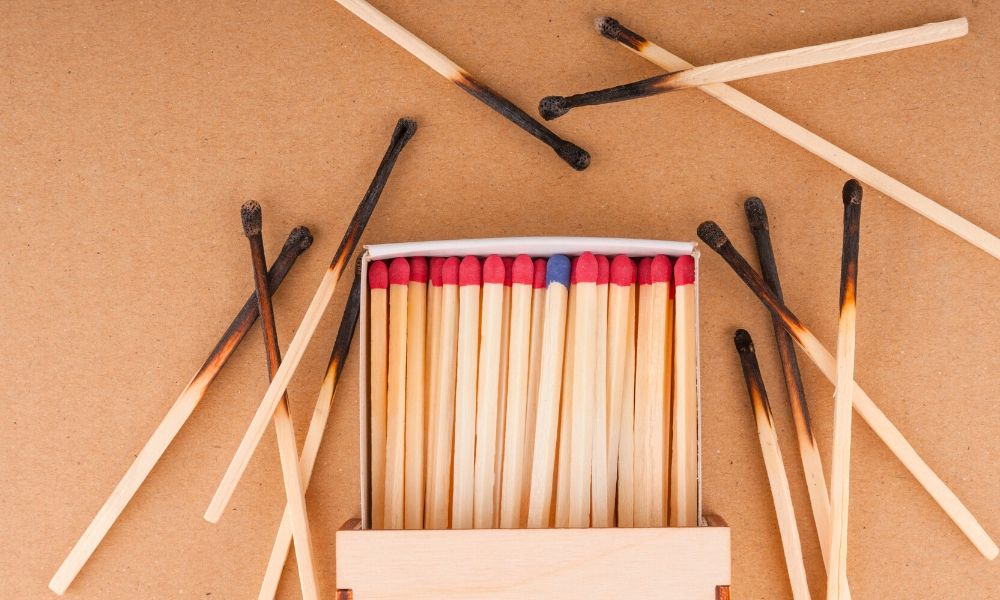There are some inventions that we, today, simply cannot imagine living without. There were days when modern comforts that we take for granted did not yet exist. This is true even of matches, a household and business necessity. Most people keep a box of matches in their home and most businesses, especially those in the restaurant, nightclub, bar, candle, and event planning industries, keep ample matches at their storefronts. There was a time when matches and even easy access to fire did not exist. That all changed when one scientist made an accidental discovery.
The journey begins in 1669
It all started in 1669 when alchemist Hennig Brandt set off to find a way to turn varying metals into gold. He failed in his attempts and was quite disappointed when instead of gold, he found the properties of phosphorus. Although he found this discovery quite disappointing, it laid the groundwork for many important inventions to come—including matches.
The race to find fire solutions takes off in 1805
Scientists were racing each other to discover a way to obtain fire in a simple and safe manner as the demand for fire in daily life grew. The young French scientist Jean Chancel decided to attempt to invent a stick that would ignite on its own. He ended up creating fire, but in an uncontrollable and dangerous form. His invention contained a dangerous mixture of potassium chlorate, sulfur, sugar, rubber, and an asbestos bottle filled with sulfuric acid. Needless to say, his invention ended in a violent chemical explosion. This experiment did, however, set up future researchers and scientists for safer and more controllable solutions.
The match is made by mistake in 1826
A few decades after Chancel’s disaster, an English chemist named John Walker was working on an unrelated project when he accidentally invented the match. He had a stick that was covered in chemical and he casually dragged it along a paper with phosphorus on it. To his shock, the stick lit on fire in a controllable manner. Walker knew instantly he discovered something revolutionary. He began to market them, even though the safety measures were not yet perfected. He was advised to patent his design but opted against it, thus losing business to others who took his design and built upon it to create safer matches.
The first match was nothing like the safety matches we know and use so regularly today. The match went through many developments throughout the years and is now a very safe and reliable way to get fire on demand. Matches are a perfect example of how good things can come from mistakes. Luckily, matches are now not only safe, but entirely customizable and marketable. If your business needs boxes of matches in bulk, look no further than Maryland Match.

